Products
-
 Flicker New Accounts
Rated 5.00 out of 5$0.50
Flicker New Accounts
Rated 5.00 out of 5$0.50 -
 Discord New accounts With Gmail
Rated 5.00 out of 5$1.00
Discord New accounts With Gmail
Rated 5.00 out of 5$1.00 -
 Reddit New Accounts With Gmail
Rated 5.00 out of 5$1.00
Reddit New Accounts With Gmail
Rated 5.00 out of 5$1.00 -
 Quora New accounts With Gmail
Rated 5.00 out of 5$1.00
Quora New accounts With Gmail
Rated 5.00 out of 5$1.00 -
 Buy AOL AGED Accounts
Rated 5.00 out of 5$1.00
Buy AOL AGED Accounts
Rated 5.00 out of 5$1.00 -
 Buy Outlook New Accounts
Rated 5.00 out of 5$1.00
Buy Outlook New Accounts
Rated 5.00 out of 5$1.00 -
 Buy Hotmail Aged Accounts
Rated 5.00 out of 5$1.00
Buy Hotmail Aged Accounts
Rated 5.00 out of 5$1.00 -
 Youtube Accounts With Channel and Video
Rated 5.00 out of 5$2.00
Youtube Accounts With Channel and Video
Rated 5.00 out of 5$2.00 -
 Youtube Accounts With Channel
Rated 5.00 out of 5$1.00
Youtube Accounts With Channel
Rated 5.00 out of 5$1.00 -
 Buy Twitter Aged Accounts 2010 to 2021
Rated 5.00 out of 5$1.50
Buy Twitter Aged Accounts 2010 to 2021
Rated 5.00 out of 5$1.50
BEST TWITTER PVA AUTOMATION TOOLS BY USING TWITTER PVA ACCOUNTS IN 2025
Posted by:
sangeetha
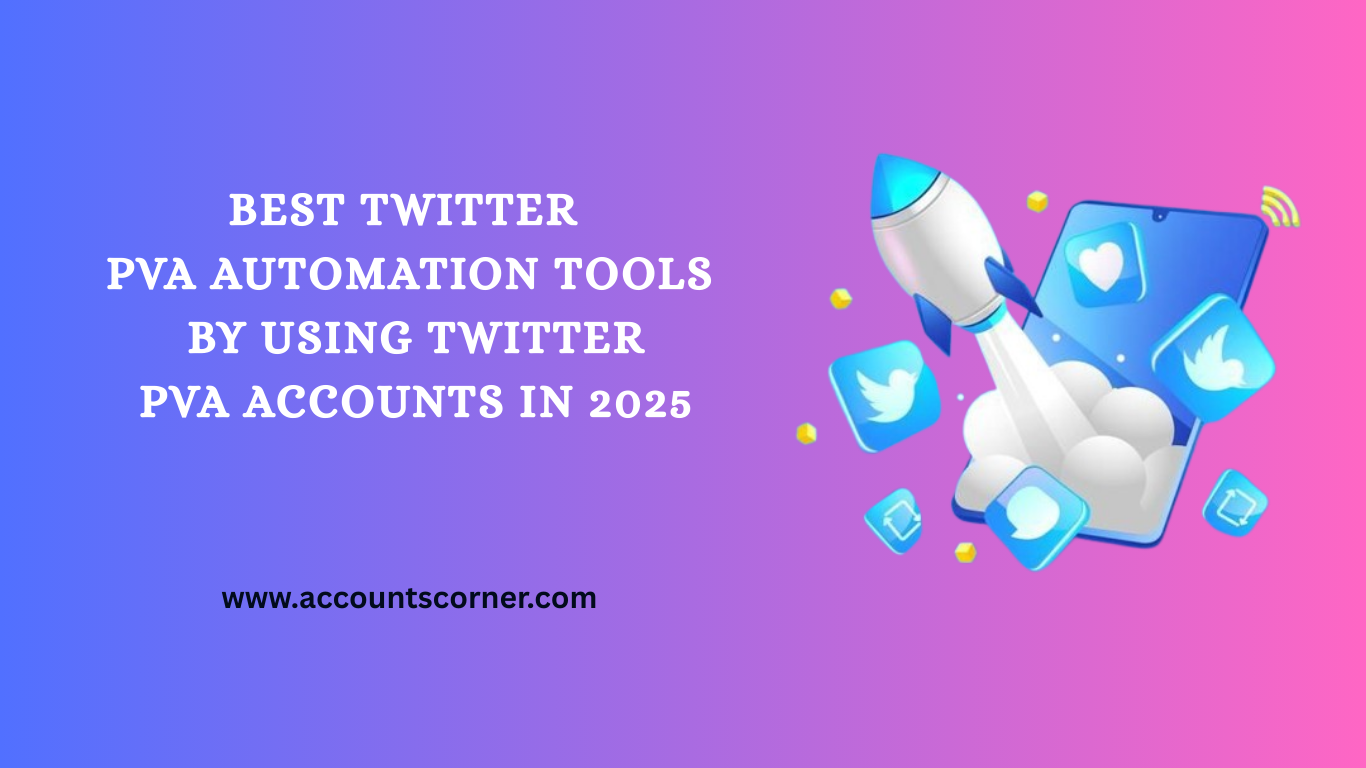
Discover the best Twitter PVA automation tools for 2025 and learn how to safely use Twitter PVA for bots to scale your marketing efforts effectively and reduce suspension risks.
In 2025, Twitter remains a cornerstone platform for digital marketing, influencer branding, political messaging, and customer engagement.
With over 400 million active users and an evolving algorithm that rewards consistency and authenticity, managing multiple Twitter accounts efficiently has become more important than ever. This is where Twitter PVA automation comes into play.
In this guide, we’ll explore how Twitter PVA automation is transforming social media strategies in 2025, why phone-verified accounts are essential for bot-based tasks, and which tools are best suited to help you get started.
Table of Contents
ToggleWhat is Twitter PVA Automation?
- Twitter PVA automation is the process of using software tools or bots to manage and perform actions such as posting tweets, following users, liking, and retweeting through Phone Verified Accounts (PVAs).
- Automation tools interact with PVA accounts by logging in securely (often via proxy), mimicking human behaviour, and executing scheduled tasks.
- Using Twitter PVA for bots provides a clear advantage over fake or non-verified accounts, as PVAs are less likely to get suspended and more likely to pass automated filters.
Key Features to Look for in Twitter PVA Automation Tools
Here are the key features you should look for when selecting a tool:
1. Multi-Account Management
- A robust automation tool should allow you to manage dozens, even hundreds, of Twitter PVA accounts from a single dashboard.
- This feature is especially valuable for agencies, affiliate marketers, and SaaS developers managing outreach at scale.
- Look for tools with account grouping, labeling, and task assignment options to streamline workflows.
2. Proxy and IP Rotation Support
- To safely run multiple accounts, IP diversity is a must. Quality automation platforms support proxy integration ideally with residential or mobile proxies and enable IP rotation to mimic organic user behaviour.
- This is crucial for avoiding detection and bans when using Twitter PVA for bots.
3. Scheduling and Task Automation
Tools should allow:
- Timed posting for each account
- Customized intervals to mimic human timing
- Bulk actions across selected accounts
4. Anti-Ban Protection & Human-Like Behaviour Simulation
A good automation tool simulates real user behaviour by:
- Adding random delays between tasks
- Mimicking scrolls, pauses, and clicks
- Varying posting content and timing
5. Integration with SMS/Email Verification
- Sometimes, even Phone Verified Accounts may require re-verification.
- Tools that offer integration with SMS APIs or allow quick handling of re-verification processes are ideal.
- This ensures that if Twitter flags an account for extra security checks, the automation doesn’t come to a halt.
Best Twitter PVA Automation Tools in 2025
The right software helps streamline content scheduling, engagement, analytics, and risk management especially when you’re working with Phone Verified Accounts (PVAs).
Below is an in-depth breakdown of six top-rated tools for Twitter PVA automation in 2025, including their features, benefits, pros, and cons.
1. SocialPilot
Best For: Marketing agencies and team collaboration
Key Features:
- Manage up to 100+ Twitter PVA accounts
- Bulk scheduling for tweets and media
- Team collaboration with role-based access
- Content calendar and queue management
- URL shortening and tracking
Pros:
- Intuitive dashboard for bulk operations
- Cost-effective for multiple accounts
- Supports client access and team workflows
Cons:
- Limited advanced automation rules
- No AI-based activity simulation
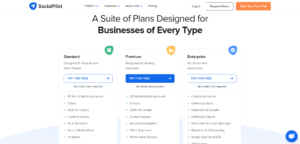
2. SocialBee
Best For: Small businesses and content-based automation
Key Features:
- Category-based content scheduling
- Post recycling and variation templates
- Supports third-party URL integrations
- Compatible with proxies for safe Twitter PVA use
- Built-in analytics for engagement metrics
Pros:
- Excellent for evergreen content automation
- Easy to organize campaigns by type
- Responsive support
Cons:
- Steeper learning curve than some tools
- Lacks advanced Twitter-specific automation like DMs
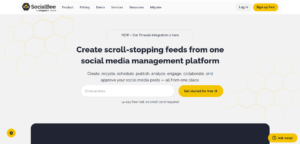
3. Buffer
Best For: Solo entrepreneurs and social media starters
Key Features:
- Clean interface with mobile and desktop apps
- Scheduling with engagement suggestions
- Integration with Bitly and Canva
- Supports 25+ Twitter PVA accounts
- AI-powered post recommendations
Pros:
- User-friendly and clean UX
- Great for scheduling across multiple platforms
- Ideal for beginners with PVA accounts
Cons:
- No bot behaviour simulation
- Basic analytics only on lower tiers

4. Keyhole
Best For: Data-driven marketers and analytics-focused users
Key Features:
- Real-time Twitter tracking and sentiment analysis
- Hashtag and keyword monitoring
- Influencer identification tools
- Schedule and monitor PVA account performance
- Competitor benchmarking
Pros:
- Strong analytics and hashtag tracking
- Ideal for optimizing bot strategies
- Helps reduce risk of flagged activity
Cons:
- Expensive for small businesses
- Limited in direct automation features
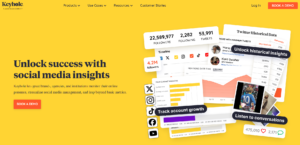
5. CoSchedule
Best For: Content teams and editorial planning
Key Features:
- Unified content marketing calendar
- Integration with WordPress and Google Docs
- Social queue for Twitter PVA accounts
- ReQueue for automated post recycling
- Workflow approval and versioning
Pros:
- Combines blog + social automation
- Helpful for editorial workflows
- Efficient for scaling evergreen content
Cons:
- Requires commitment to team structure
- Not ideal for deep Twitter bot automation

6. SocialOomph
Best For: Automation enthusiasts and power users
Key Features:
- Queue reservoirs and scheduled updates
- Webhooks, RSS feeds, and CSV import
- Proxy support for bulk Twitter PVA for bots
- Supports follower automation and keyword replies
- Separate scheduling for each PVA account
Pros:
- Very flexible and customizable
- Supports advanced posting rules
- Affordable for tech-savvy users
Cons:
- Outdated UI
- Learning curve is high for non-tech users
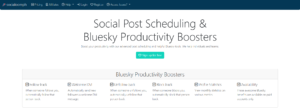
Tips for Safely Automating with Twitter PVA Accounts
As Twitter PVA automation continues to rise in popularity among digital marketers, developers, and social media managers, maintaining account integrity has never been more important.
Below are essential best practices to ensure your automation strategy remains both effective and safe.
1. Start with Quality, Aged PVA Accounts
The foundation of any safe automation setup begins with high-quality Phone Verified Accounts (PVAs).
These accounts are verified using unique phone numbers, making them more trustworthy in Twitter’s algorithm.
Aged accounts (those created months or years ago) are especially valuable because they tend to have a history of normal behaviour and are less likely to be flagged.
2. Warm up Your Accounts before Full Automation
Warming up includes:
- Posting manually once or twice a day
- Following a few accounts slowly
- Retweeting content from trusted sources
- Engaging in real conversations
This natural behaviour helps condition Twitter’s systems to trust your Twitter PVA for bots before ramping up automation.
3. Use Dedicated Proxies to Protect Your IP Identity
Use:
- Residential or mobile proxies for realistic IP footprints
- 1 proxy per account or small groups depending on activity levels
- Tools that support proxy rotation and binding
Many Twitter PVA automation tools allow per-account proxy configuration always take advantage of this feature.
4. Set Action Limits to Mimic Human Behaviour
Safe daily limits (approximate guidance):
- Follows: 50–100 per day
- Likes: 100–150 per day
- Tweets: 20–30 per day
- DMs: Keep to a minimum unless using verified automation tools
Use automation platforms that support custom scheduling, random delays, and simulate human-like timing to reduce ban risks.
5. Monitor Account Health and Metrics Regularly
Set up a process to check the health of your accounts daily or weekly:
- Are login sessions stable?
- Is engagement consistent?
- Are any accounts being flagged or locked?
Many advanced Twitter PVA automation tools offer dashboards to track account health and automate alerts in case of problems.
6. Rotate Automation Tasks across Accounts
Instead of pushing all actions through a single account, distribute tasks across your network of PVAs:
- Assign some to tweet
- Others to engage with followers
- Use a few for retweets and DMs
This reduces risk exposure and helps maintain long-term performance when using Twitter PVA for bots.
Safe and smart automation is about balance. By starting with high-quality accounts, introducing activity gradually, and using the right tools and proxies, you can unlock the full potential of Twitter PVA automation without risking account bans. Whether you’re managing a small campaign or scaling a large bot system, following these best practices is the key to long-term success.
Final Thoughts
Twitter PVA automation is quickly becoming the go-to method for scalable and efficient Twitter marketing in 2025. Using Twitter PVA for bots ensures safer, more reliable automation that helps grow your presence while minimizing risks.
Choosing the right automation tool and following best practices are essential steps toward success.
Call to Action
Ready to boost your Twitter marketing with reliable Twitter PVA automation? Start by choosing the right tool and applying smart strategies by safely buying and using twitter accounts from trusted sites to maximize your results.
Have you tried any automation tools or developed your own bot techniques? Share your experiences and tips in the comments below let’s learn and grow together!
















